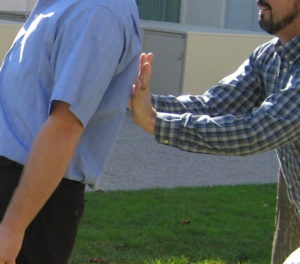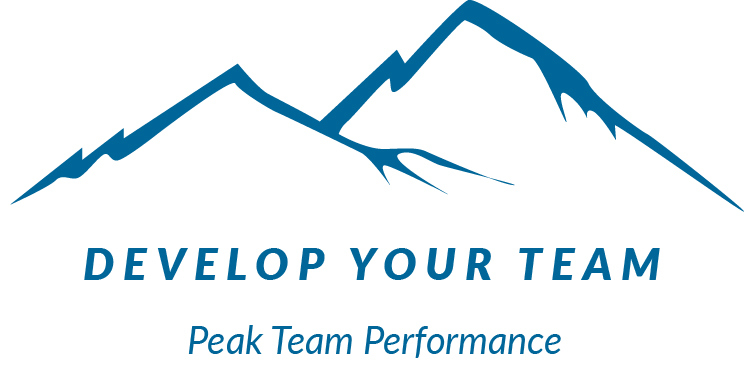If asked to name one element critical for team and organizational success across all industries and environments, what would you say? Perhaps vision? Shared values? Purpose? Or possibly skills, and ensuring the people with the right skills are in the roles that make best use of their strengths. Maybe you’d say strategic thinking or an effective business plan. Maybe camaraderie, cohesiveness, or focus on results.
All of these things are important, it’s true. And still there is one critical element that everything else builds upon. Trust. Trust creates the foundation for successful teams, and when trust is absent, the team struggles to move forward. 
Why trust matters
Patrick Lencioni demonstrates this principle In The Five Dysfunctions of a Team by looking at what happens when there is an absence of trust on a team, or in an organization. When trust is missing, team members are more likely to withhold information, keeping their opinions to themselves. They may not feel safe expressing themselves. They may cover up mistakes, or fail to report potential problems. They may agree to a decision because it’s the easiest path, not because they believe it’s the right course. This leads to lack of commitment, accountability, and ultimately poor focus on results.
Trust – or the lack of trust – has direct financial implications for organizations. Stephen M.R. Covey shows how trust impacts cost and speed in The Speed of Trust. Lack of trust results in increased costs and decreased speed. You can probably think of examples from your own experiences. What happens when people don’t trust each other? Information isn’t shared, problems are not surfaced, excessive review and approval systems need to be navigated before people can act. Bureaucracy and red tape, and work that needs to be redone because decisions have been made based on incomplete or even incorrect data.
Absence of trust is demotivating. According to Edward Deci and Richard Ryan’s Self Determination Theory, one of the pillars of intrinsic motivation is autonomy. We work so much more effectively when self-motivated rather than externally motivated. Allowing autonomy requires trust – trust that people will do what needs to be done, with high quality and on time. Micro-managing sends the opposite message, that people are not trusted.
It takes a lot to achieve peak performance on a team: Mission, vision, values, planning, strengths-focus, open communication, healthy conflict, collaboration, commitment. But without trust there is no foundation and performance will crumble.
How can you build a foundation of trust?
So how do you build trust within the team? A good way to start is to be intentional about creating an environment where people feel safe sharing their thoughts, ideas, and opinions, without negative repercussions. Find ways for team members to get to know each other and develop interpersonal bonds. Create purposeful experiences for team members to help them build relationships and trust. Many of you have heard about or experienced activities such as the “trust fall.” (You’re not rolling your eyes, are you?) These trust-building activities take us outside our comfort zones. Which makes us, well, uncomfortable! That discomfort is powerful, though, in promoting growth and change. As we begin to trust another person for our physical well-being, we also begin to trust them when it comes to our emotional or psychological well-being.
When there is a foundation of trust in an organization with a compelling vision, clearly-understood purpose, and shared values – a team performing at its peak can accomplish anything. It can move mountains!









